Torre Bellesguard
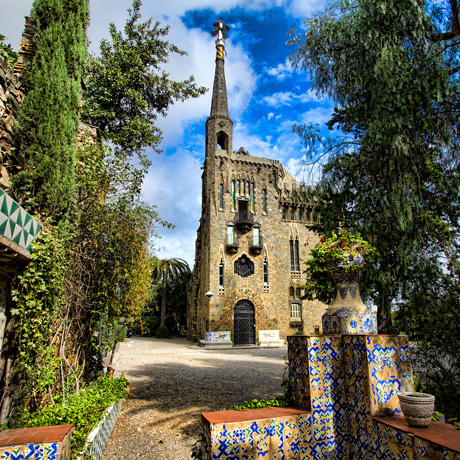
YEAR OF CONSTRUCTION
1900 - 1909
ADDRESS
Bellesguard, 16 - 20, Barcelona
http://bellesguardgaudi.com/Gaudí built the Bellesguard Villa on a piece of land with over 2,000 years of history. Archaeological remains have been found here which show that this area has been continuously inhabited since Iberian times. Its abundant groundwater and its 360º panoramic view of Barcelona make Bellesguard a strategic location.
The property’s importance, however, stems from its medieval past. In 1408, Bellesguard became a royal and papal residence: for two years it was the main home of King Martin I the Humane, the last count of Barcelona, and it served as the temporary residence of Pope Benedict XIII.
INSPIRED BY THE PAST
This medieval past, as the home of the last count-king of Catalonia, is what inspired Antoni Gaudí. The architect built a structure fraught with symbolism, halfway between Modernisme and Gothic, in which he told the story of Martin I the Humane, the events which took place at Bellesguard in the last years of his life, and the misfortune of the monarch and of his kingdom on his death without issue.
The project commissioned to Gaudí by Jaume Figueras comprised not only the house but rather a complete monumental complex. It included the reconstruction of the wall surrounding the estate, the restoration and consolidation of the remnants of the old medieval palace, and the construction of the viaduct, where Gaudí’s experimentation began with the columned portico, which reached its culmination in the Portico of the Washerwoman at Güell Park.
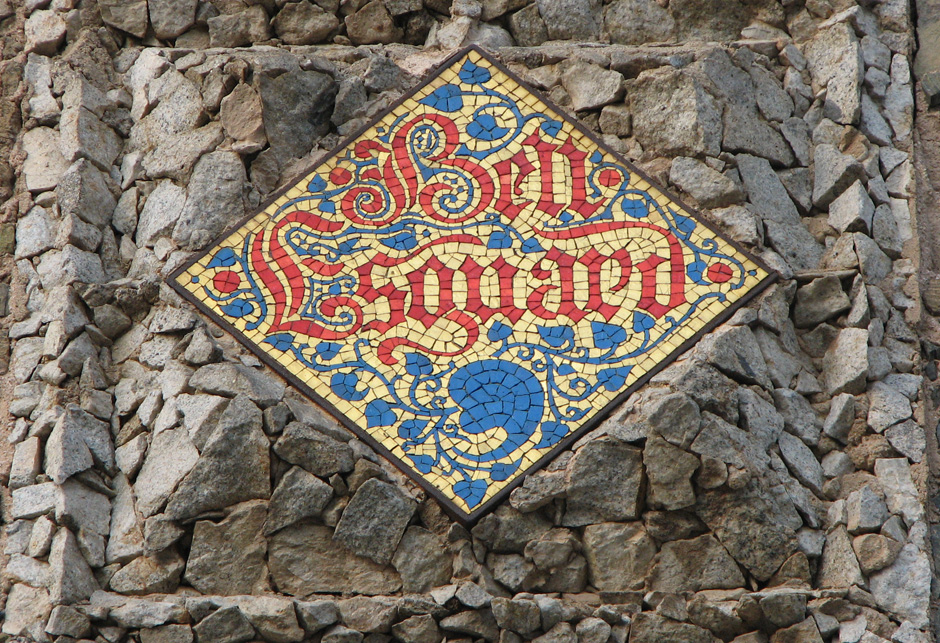
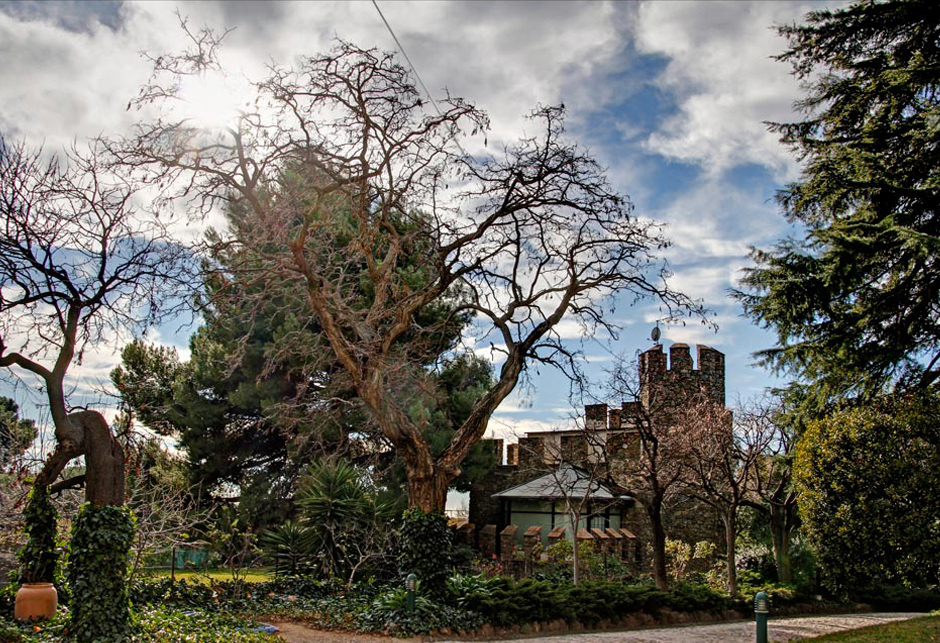
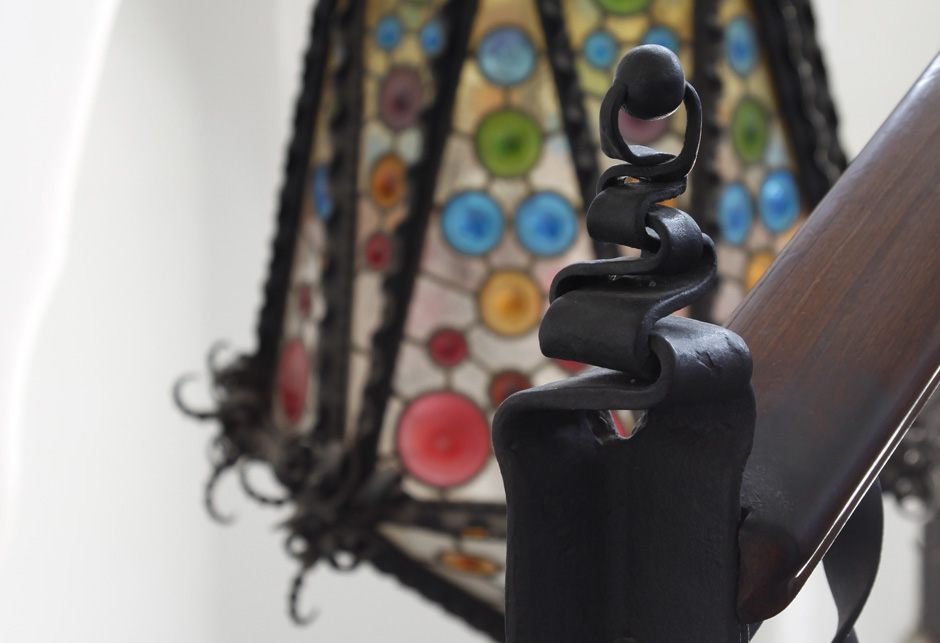
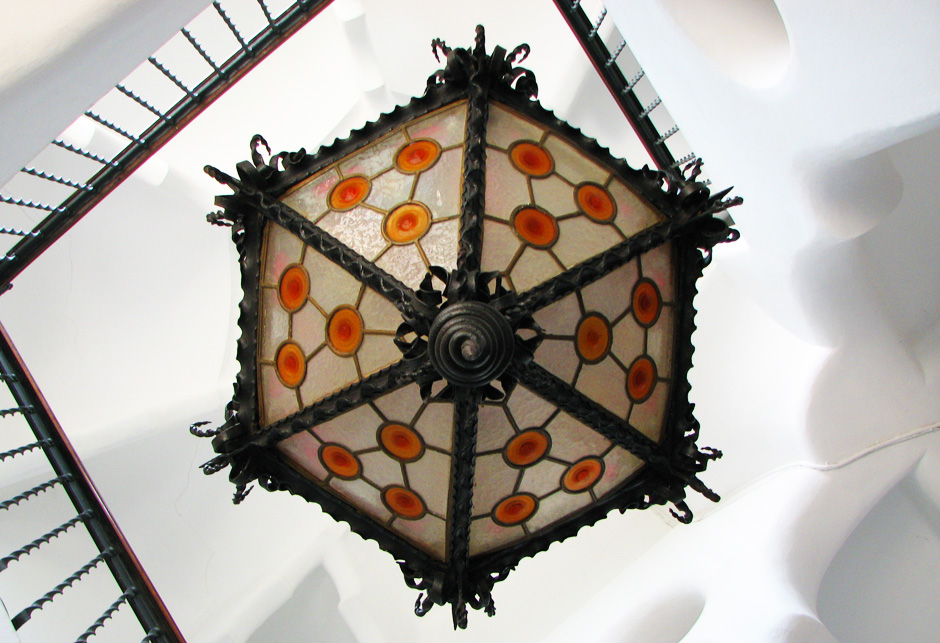
SLATE AND TRENCADÍS MOSAIC
The structure of the Bellesguard Villa is covered with slate from the area, in line with Gaudí’s custom of studying the local geology and topography and putting them to use. This stone, with its green, grey and beige tones, gives the building a marked medieval appearance while generating numerous plays of light. This causes the stone to shine in completely different ways when the weather is sunny or rainy.
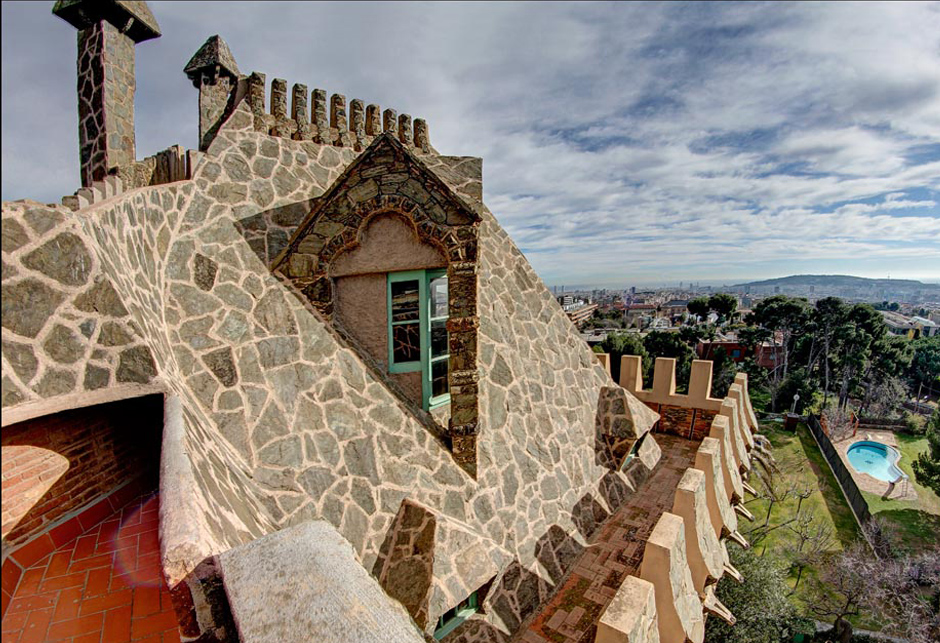
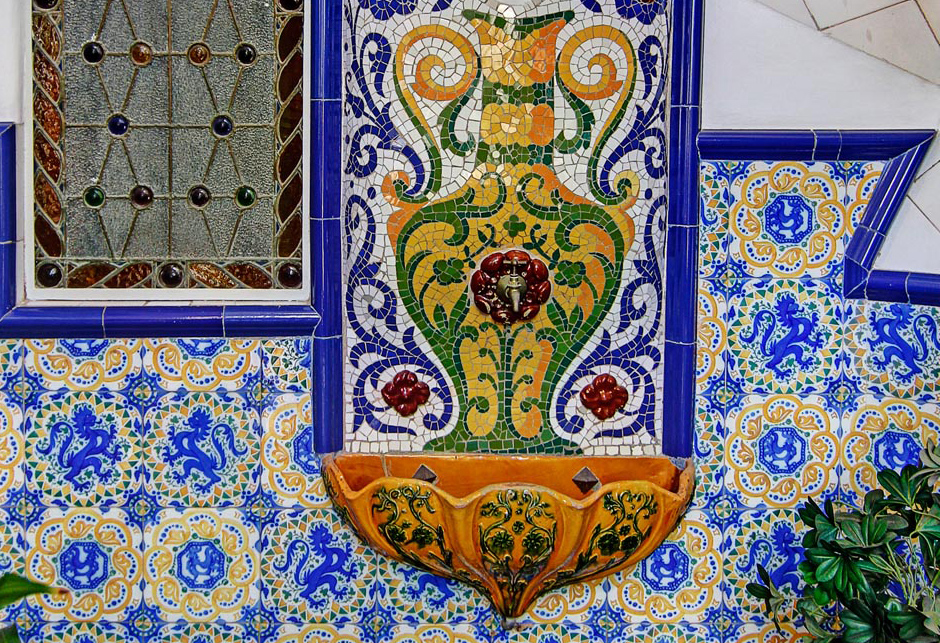
The slate skin covering the Bellesguard Villa and the widespread use of stone trencadís mosaic that makes the doors and windows stand out are techniques that Gaudí used to break the linearity which he necessarily applied to the merlons and the main lines of the house, wishing to build a castle with Gothic reminiscences in tribute to the monarch.
GAUDÍ’S INNOVATIONS
In this project Gaudí devised some all-new elements, such as the rose window in the centre of the main façade, called the Star of Venus, a unique example of a three-dimensional stained glass window. Its symbolic significance reveals the architect’s knowledge of history and his wish to establish a dialogue between the present (the house) and the past (the medieval remnants) by setting the respective doors opposite each other, in the purest style of the Renaissance man which he was.
At the same time, Gaudí reinterprets himself at Bellesguard, where one sees a large number of structural, building and ornamental solutions which already appeared in his earlier buildings or which were soon to appear in projects of the period of 1900-1910, surely the most productive stage of his career.
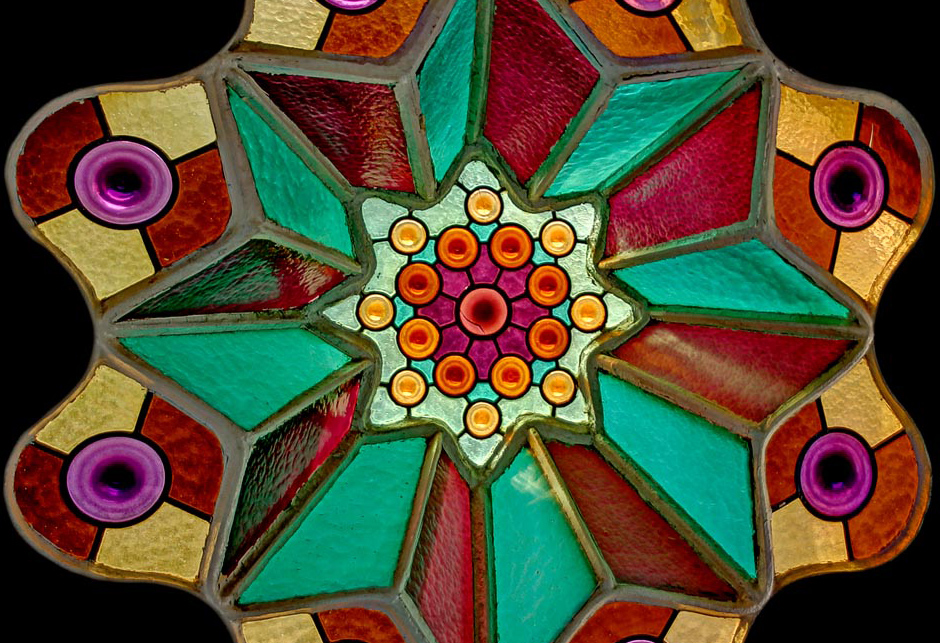
Good examples of this are the semi-basement ground floor built with hefty pillars and vaults, recalling the Güell Palace; the characteristic Gaudinian pinnacle with its four-pointed cross and, in this case, with a crown and a spiralled Catalan flag, a clear reference to the royal past of the estate; and the construction of a magnificent attic as a music room, reminiscent of the central nave of the Sagrada Família.
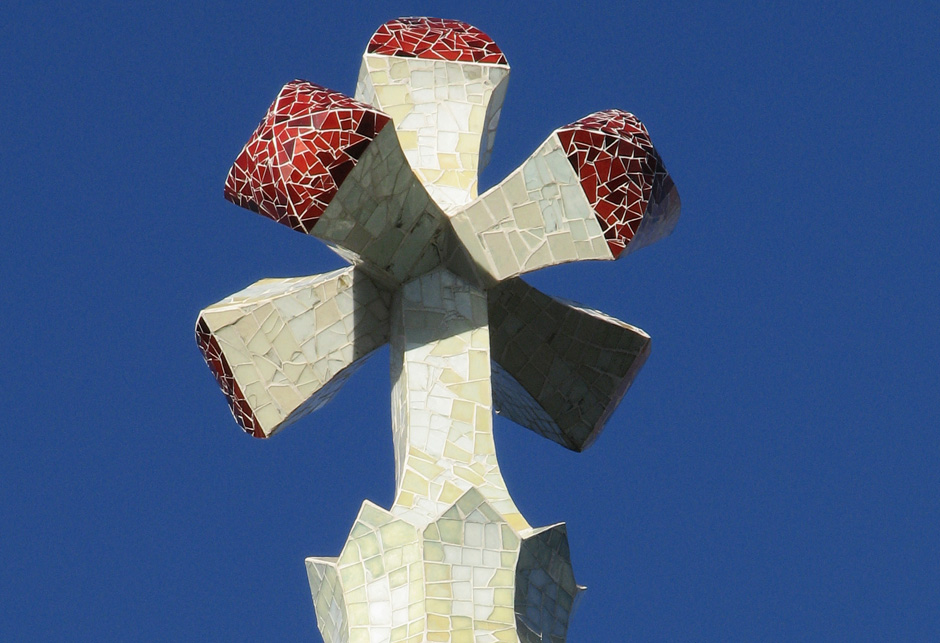
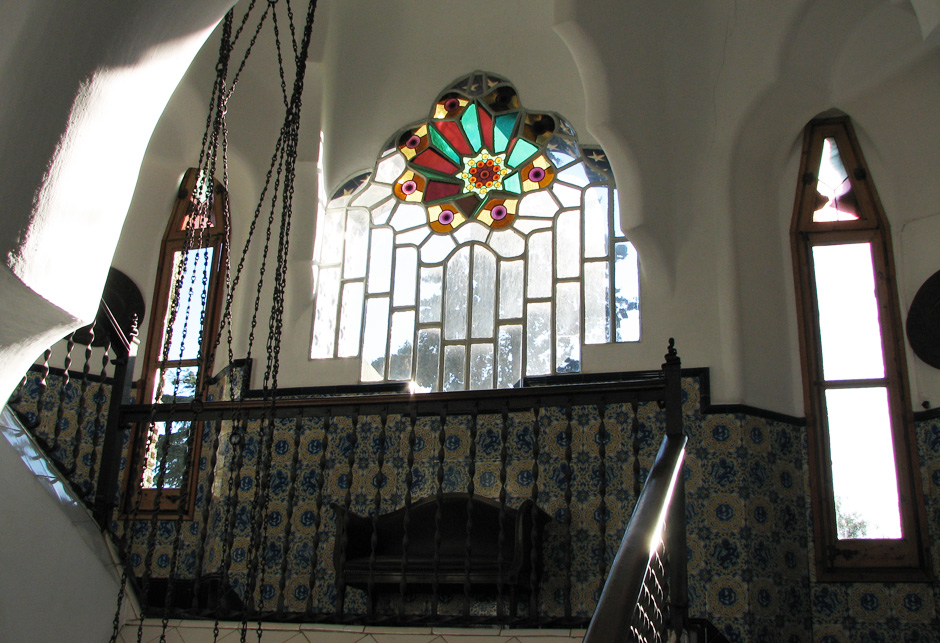
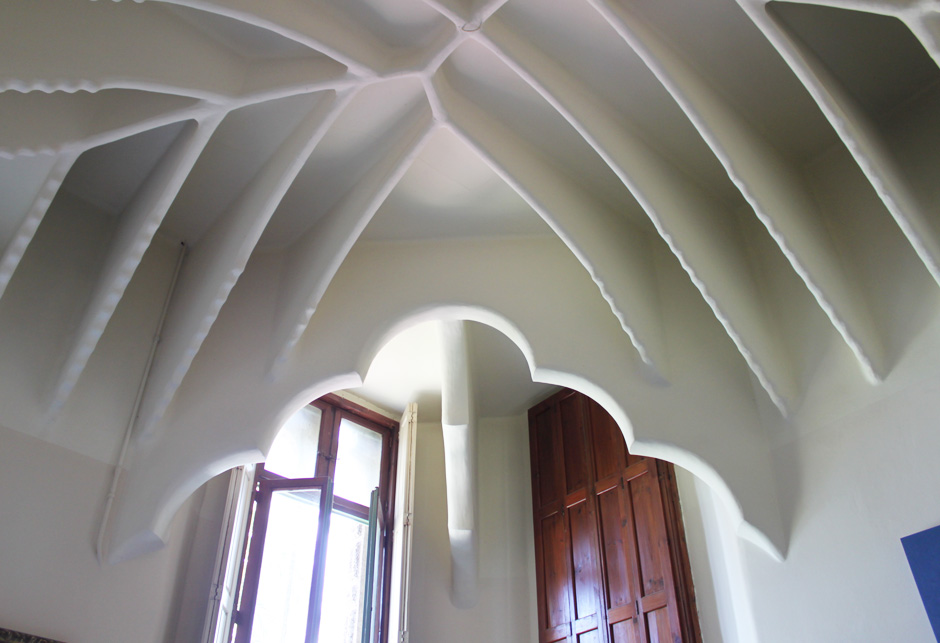
OUTSTANDING VIEWS
On the upper part of the roof terraces, Gaudí designed a “sentry walk” around the four façades, with spectacular views of the city of Barcelona, that make the building worthy its name, Bellesguard, which may be translated as “beautiful view”.
Bellesguard is thus a Gaudinian castle escorted by a great dragon, the Dragon of Bellesguard, one of its best-kept treasures, and a witness to the passing of time and to change.
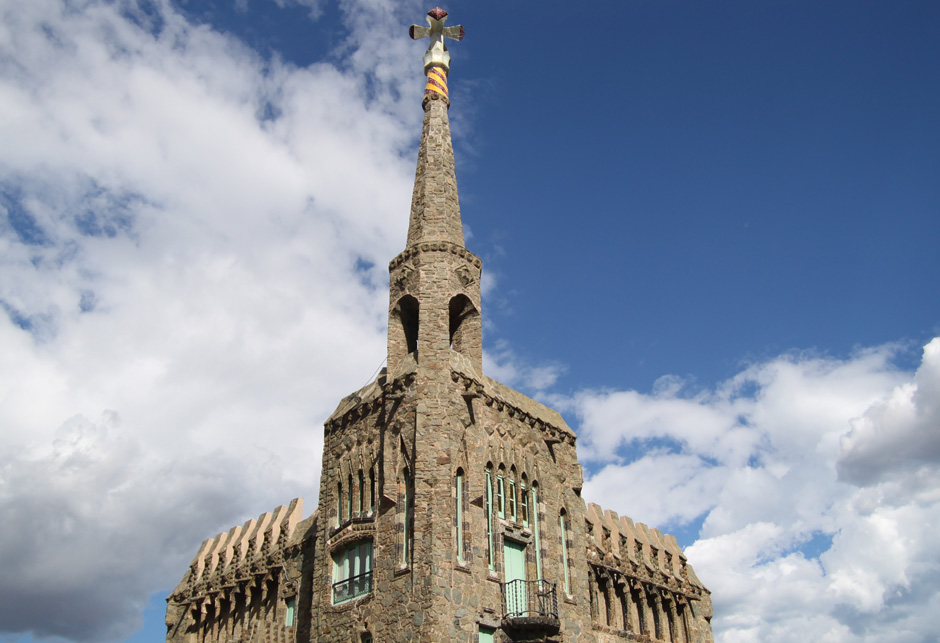
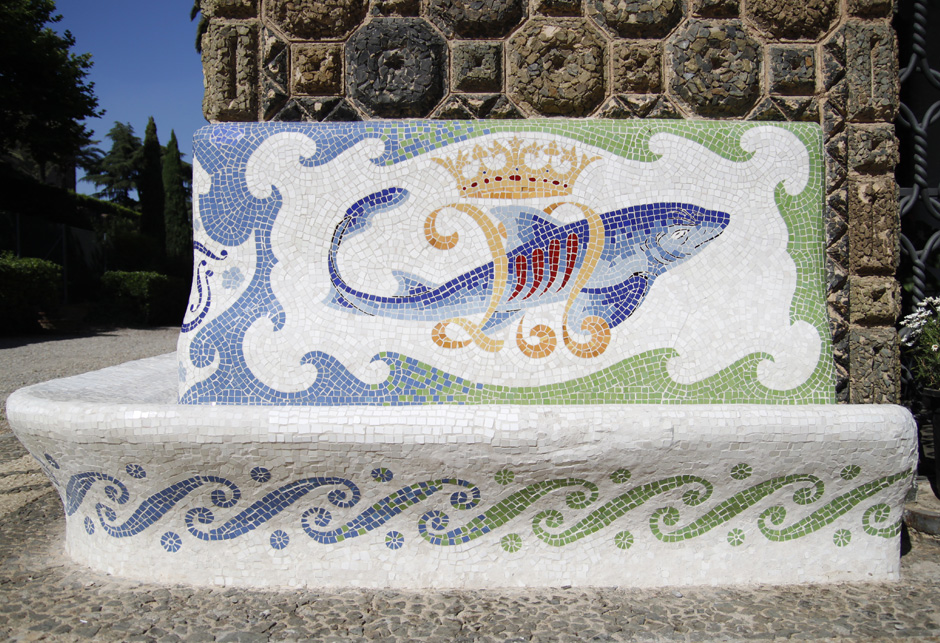
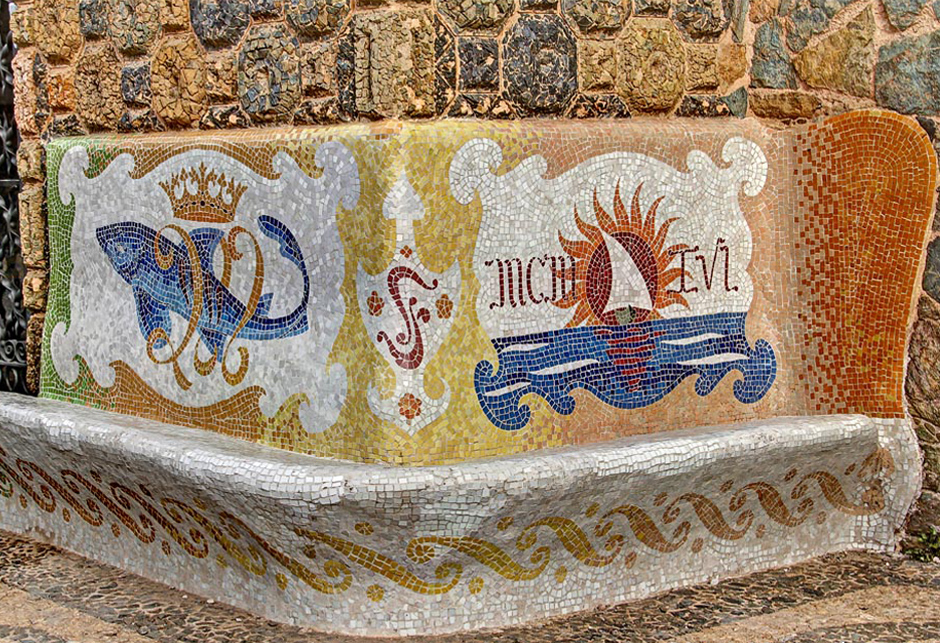
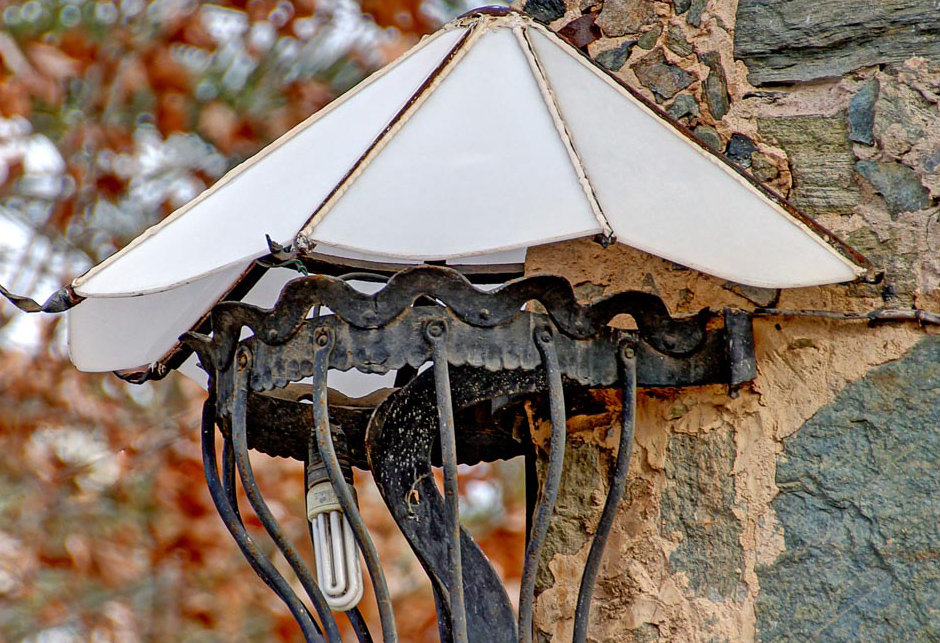
OPENING HOURS
Tuesday to Sunday, 10:00-15:00 h
Closed: 1 and 6 January, 25 and 26 December
Open on all other public holidays
HOW TO GET THERE
Bus: 22, 58, 60, 75, 123 and 196
FGC trains: Pl. Catalunya - Av.Tibidabo.
TOURISTIC TRANSPORTS
Bus Turístic: Blue Route Tibidabo
Barcelona City Tour: East Route Tibidabo
Tramvia Blau: Av. Tibidabo. Pl. Doctor Andreu
SERVICES
Audio-guides, WC, vending machines, store and tourist information
Audio-guided visit. Tuesday to Sunday. Six languages: Catalan, Spanish, English, French, Japanese and Russian. €9
Guided tour: Saturdays and Sundays at 11.00 h in English. Saturdays at 12:00 h in Spanish. Sundays at 12:00 h in Catalan
Special visits, outside opening hours, with snack or in other languages, to be arranged.
We also offer activities for kids and schools and rent spaces for events